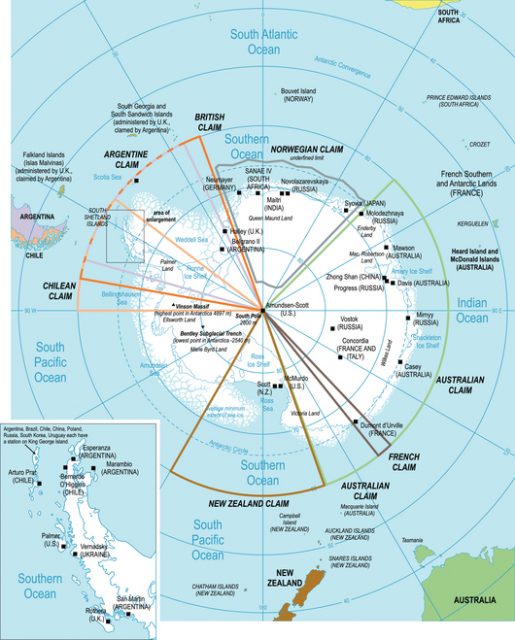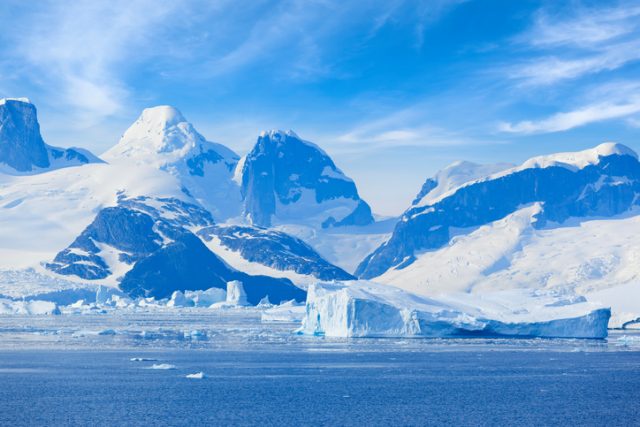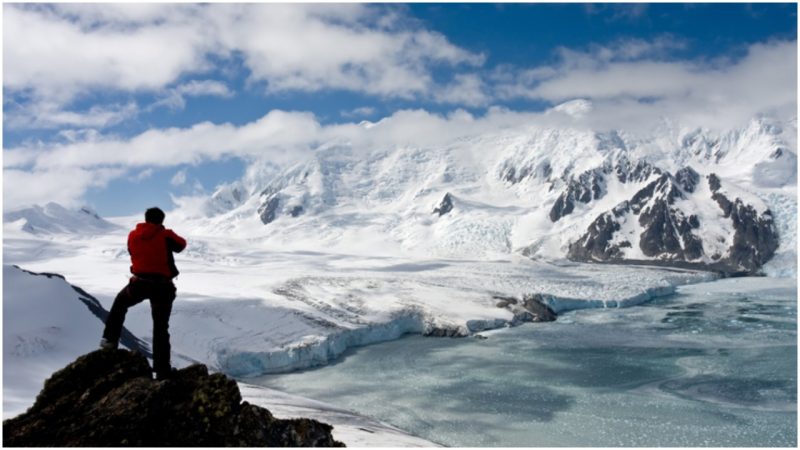From the ancient Greeks to the first Western philosophers, scientists, and thinkers, humans have always gazed upon the sky and contemplated the vastness of the universe, wondering if, somewhere out there, other living species thrive on another planet.
When trying to determine what conditions life would require to thrive elsewhere in the universe, a reference point has always been the Earth. Our planet is habitable because of its optimal position in the solar system, the presence of essential life-supporting resources such as water, and then, among other things, the enormous complexity of entire ecosystems and biodiversity.
Modern scientists have always been right to seek some of the answers on alien life by performing research on life forms such as microbes and bacteria that live under harsh conditions here on Earth. The latest findings, coming from faraway Antarctica, are, in this context, set to push boundaries for our so-far-limited understanding. They suggest that life forms can sustain themselves even where there is the most scarcity of proper conditions to support life.
The new findings were revealed in a study issued in the journal Nature in December 2017, with research led by a team of scientists from the University of New South Wales from Australia. The study claims that recently identified bacteria in the Antarctic retains such capabilities that it can sustain itself just by making use of energy and carbon. Microbe communities were found to extract these minimum resources from traces of gases found in the air, like carbon monoxide and hydrogen.

Which means scientists have stumbled upon previously unknown qualities in microbes, the same attributes of which can potentially be prescribed to alien forms. Scientists have come to such a significant conclusion after researching microscopic life found in samples of soil retrieved from the dry coastal areas of Antarctica. “Here we provide evidence that atmospheric trace gases are the primary energy sources of two Antarctic surface soil communities,” write the researchers in the abstract of the study.
In the past, scientists have largely considered that life is restricted in areas such as the Antarctic, the reasons being not only the severely cold temperatures but also enhanced UV radiation in comparison to other places on Earth, and vast scarcity of the much-needed carbon, nitrogen, and water. However, “the cold, dark and dry desert regions are home to a surprisingly rich diversity of microbial communities,” commented Dr. Belinda Ferrari, one of the lead authors of the study.
Along with her team, Dr. Ferrari had aimed at understanding how these microbial communities found in the Antarctic could survive amid such harsh environments, with carbon levels in the soil at a minimum and barely a beam of sunlight penetrating the atmosphere during the seemingly endless winter months.
Though Antarctica is “among the most extreme environments on Earth,” the study’s authors provide some explanations: “Surveys indicate that the phylum-level composition of microbial communities in Antarctic soils is similar to those of temperature soils, but Antarctic communities are highly specialized at the species level and strongly structured by physicochemical factors.”
The study further clarifies that, in many of the retrieved samples of soil, the bacteria were found to retain life only by remaining in “dormant states.” It means that microbes use all the energy they get from chemicals in the air just to maintain their life, but not to develop and grow. It is still not entirely clear, though, how these micro-communities efficiently obtain the minimum needed energy and carbon to carry out the process of supporting their existence.

Still, the research findings are a game-changer, particularly among astronomers who traditionally survey exoplanets to see whether they have water resources that could potentially provide for life. The bacteria identified in the soils of Antarctica is an indicator that water is not necessarily the prerequisite that could classify a certain exoplanet as potentially habitable.
In the words of Dr. Ferarri: “The new understanding about how life can still exist in physically extreme and nutrient-starved environments like Antarctica opens up the possibility of atmospheric gasses supporting life on other planets.”
More research is undoubtedly needed, including an extensive surveying of the whole Antarctica soil, so as to make more clear if the bacteria communities and their processes of maintaining life in minimal conditions are widespread elsewhere on the coldest of the Earth’s continents, or whether this is a phenomenon emblematic only on the coastal areas.
